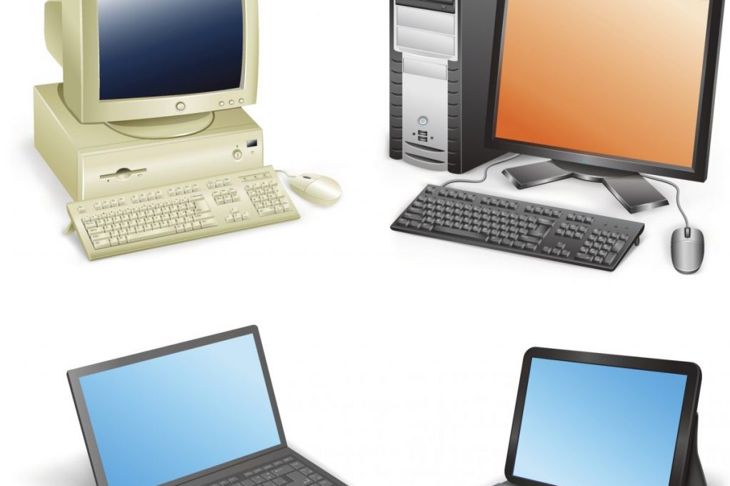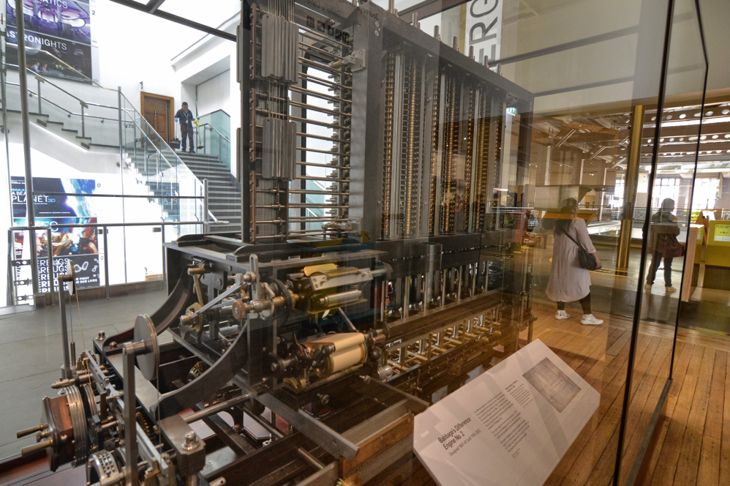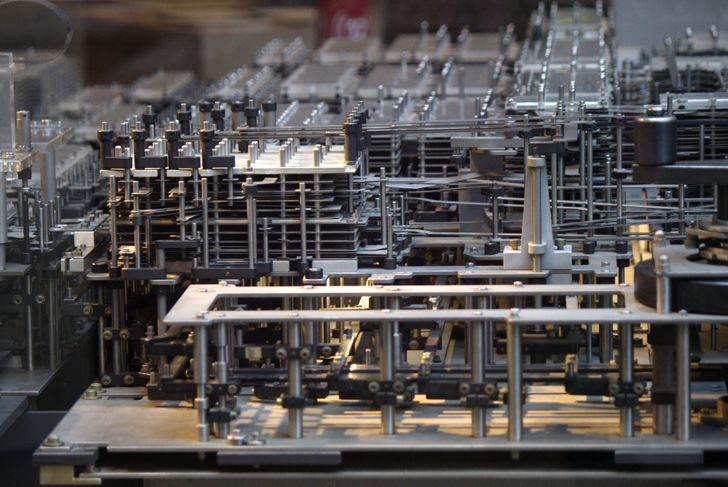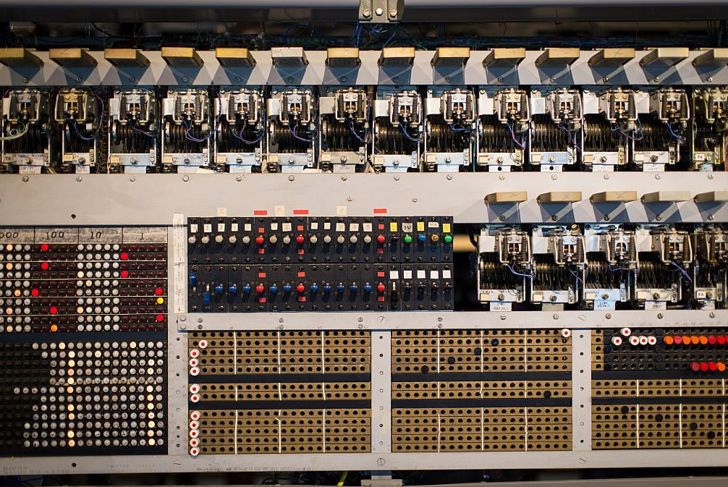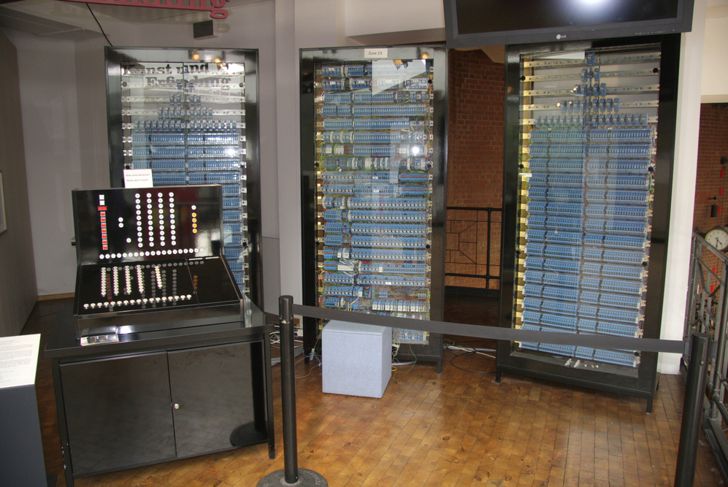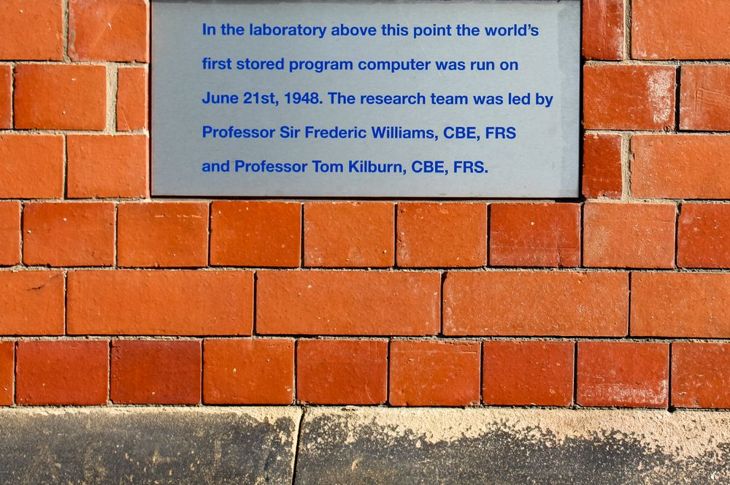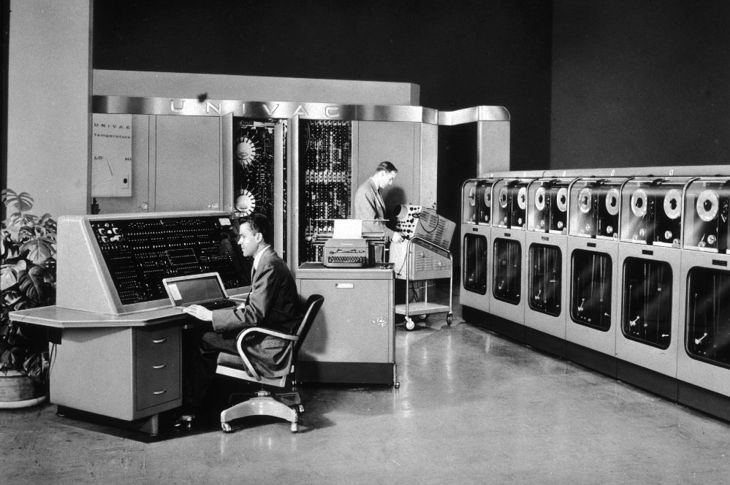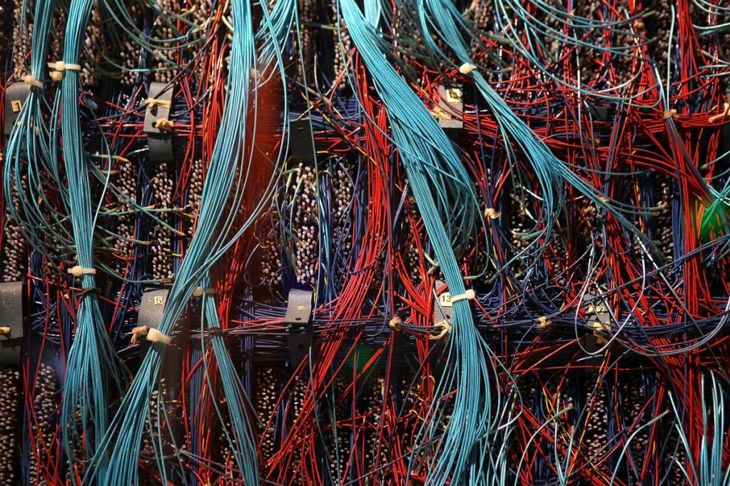There is much debate as to which was the first computer ever invented. A computer is a machine that is able to accept the input of data, process it, and output processed data. Given the broad definition, there are a multitude of machines that fit the description. How we determine which computer was invented first, then, depends on the type of computer we are referring to.
Overview of the Various Types of Computers
Computers are broken into three general types, based on their function and their size. Function types include analog (information represented by continuously variable physical quantities), digital (information based on series of the numbers zero and one, and hybrid (a combination of both analogous and digital information). Size types include smartphones, microcomputers, workstations, personal computers, laptops, minicomputers, supercomputers and tablet computers.
Brief Overview of the History of Computers
Analog computers, such as the abacus and tally mark, have been around since ancient times. Those and other analogous computers throughout history, such as the slide rule and nomogram, certainly furthered the logic that forms the basis for current computer models and, as such, should be mentioned in any discussion of the history of computers. For our purposes here, though, we will only be looking at the history of computers since the first mechanical computer was developed, in the 19th century.
The First Mechanical Computer
The first mechanical computer was developed in 1822, by Charles Babbage. Its name was the Difference Engine, and it mechanized an entire series of calculations to solve a complex problem. Additionally, it had a place to temporarily store data for later use. Unfortunately, Babbage never completed its production, but it became the concept upon which modern computers was based. It also became the basis for his Analytical Machine in 1837, the first general-purpose computer.
The First Programmable Computer
Charles Babbage’s Analytical Machine and the analog computers that came after were the standard in computer technology until the early 20th century when the Z1 was introduced. Invented by Konrad Zuse in 1938, it was the first electro-mechanical binary programmable computer. The binary system is a number system made of only two numbers, zero and one, that represent data as either on or off. This system is the basis for all binary code and is what computer processors use to write the digital data we see every day.
The First Electric Programmable Computer
The Colossus was the first programmable computer that used electricity to operate. It was introduced by Tommy Flowers in 1943 and was originally designed to break Nazi codes during World War II. It used over 2,000 electronic valves, which was a colossal number to use at the time, which is where its name was derived.
The First Digital Computer
The first digital computer was the ABC (Atanasoff-Berry Computer). Completed in 1942 by John Vincent Atanasoff and Cliff Berry, the ABC was not programmable, but it did use binary math and Boolean logic, which expresses data as either true or false. Konrad Zuse also used this Boolean logic to create the Z2, an improved version of the Z1, and then later the Z3, the first working electromechanical, programmable, fully automatic, digital computer.
The First Stored-Program Computer
The Manchester Baby is credited as the first stored-program computer. Developed in 1948 at the University of Manchester, it was designed to test the first random-access digital storage device. A more usable design, the Manchester Mark 1, was developed later that same year, but both were quickly overshadowed by electronic stored-program computers, which came out the next year.
The First Commercially Produced Computer
The Manchester Baby and then Manchester Mark 1 both gave rise to the first commercially produced computer, the Ferranti Mark 1. While some give this distinction to the Z4 designed by Konrad Zuse, or the UNIVAC designed by the University of Pennsylvania, it is argued that the Z4 was never intended for commercial use and the UNIVAC came after the Ferranti Mark 1 but received more widespread public attention.
The First Transistor Computer
The first transistor computer was the 1953 Transistor Computer at Manchester University. Since the introduction of Colossus, computers were using vacuum tubes to relay information, but they required a large amount of the tubes to operate and consumed a great deal of energy. With the advent of the Transistor Computer, vacuum tubes were replaced with more efficient transistors that utilized less energy. There were still a small number of vacuum tubes present in the Transistor Computer, though, so the first fully transistorized computer distinction goes to the Harwell CADET, introduced in 1955.
The Many Other First Computers
There are a multitude of other firsts in computer history, such as the first workstation, the first desktop, the first laptop, etc. It is, after all, a very dynamic field. What will the computers of tomorrow look like? What will they be capable of? Looking at the brief history of computers to date, and how fast advancements have been, and are being, made, one must assume that future first computers will be as endless as the imagination.

 Home
Home Health
Health Diet & Nutrition
Diet & Nutrition Living Well
Living Well More
More